-
Posts
1,395 -
Joined
-
Last visited
Content Type
Profiles
Forums
Blogs
Gallery
Events
Exhibition Layout Details
Store
Posts posted by DavidLong
-
-
Some excellent modelling, Petri, especially the buildings which are quite superb. I also look forward to seeing more of your work.
David
-
Also on the next test etch are NPCS underframes for the Farish BR CCT, and the Dapol SR BY.
Chris
Excellent news about the Farish CCT underframe. Excellent body, shame about the brakes that line up with the axleguards rather than the wheels. Thought we had left that sort of thing behind in 2015.
David
-
 1
1
-
-
They seem to ride better than a Pacer would on the equivalent trackwork! I do think that the K&ESR should celebrate its arrival back at Robertsbridge by purchasing a Class 142 as the true heir to the Colonel's vehicles. Bus body on non-bogied underframe, what's not to like? They would certainly live up to their nickname of 'Bouncy Castles' on the K&ESR's jointed track. I seem to recall a BR official explaining that they didn't ride well on jointed track whilst omitting to mention that it was the sort of branch line trackwork that they were likely to work on!
David
-
 1
1
-
-
When you see the 2mm 9F photographed at eye level, to my eyes at least, it remains a quite staggering example of locomotive building.
And it goes round corners as well. Amazing really . . .
David
-
 1
1
-
-
George Micheson is/was the great exponent of 13.5mm gauge. Mainly a loco builder he maintained that with 3mm wheel standards it was difficult to accommodate outside valve gear with 14.2mm gauge. This is despite the fact that some modellers have built outside valve gear locos in the wider gauge. Modelling to 14.2mm gauge is, in my view much more preferable than using 12mm gauge which was the old TT standard. This gauge as is often the way with British modelling is derived from the European standard of 1:120 which, unsurprisingly, produces the scale equivalent of standard gauge. British 3mm scale is 1:101.6 and 12mm gauge equates to 4' gauge. Shades of the old HO/OO conundrum . . .
Whilst 14.2 track may look ok I'm afraid that 3mm wheel standards haven't quite kept up and could hardly be described as 'fine scale'. Back in the 1970s Stewart Hine produced some workable standards for Scale 3 which were published in Model Railways magazine but, sadly, nobody has subsequently taken up the challenge.
David
Edited to correct British 3mm scale ratio. Wasn't paying attention to what I had written!
-
What a delightful layout! I shall be looking out for it at York. Fully agree about the use of the correct gauge; it really makes a difference. I was at the Dublin show a couple of years ago when Adavoyle Junction made its first appearance after its transfer to Ireland. It was the only layout at the show that used the correct gauge amongst the acres of Peco Streamline!
David
-
 2
2
-
-
This evening we are in and around Nottingham visiting Midland, Great Central and Great Northern lines.
We are now in Volume 9, the last album of dad's photos. It's a continuation of his favourite photos and is quite small collection.
 Bagthorpe Junction O1 63872 up goods Jan 54 JVol7001.jpg
Bagthorpe Junction O1 63872 up goods Jan 54 JVol7001.jpgBagthorpe Junction O1 63872 up goods Jan 54 JVol7001
********************************************************************************
The house to the right of the loco always catches my eye as it purposely has corner windows on the first floor - the left hand one providing an extensive view of the Great Central.
The house still exists. The view from the window, not so much.
The houses on the adjacent Wynndale Drive have much longer gardens these days. I hope that the infill was well compacted!
Personally I would prefer a shorter garden and the GC at the end of it

David
-
 1
1
-
-
In this picture on Flickr (a Class C outside Faversham's Locomotive Shed) the Steam Reverser is positioned vertically on the footplate between the leading and the second pair of driving wheels. The Westinghouse pump is also positioned vertically on the footplate, just in front of the cab, by the fire-box.
I just wonder if anyone has used the BH Enterprises "steam generator" and if it looks anything like a steam reversing device.
Hi Valentin,
If it helps please find some pics below of the steam reverser attached to the Q class at the Bluebell. It is mounted horizontally unlike on the C Class but you find it useful if you can modify a Westinghouse pump.
Always hoped that I might find a Graham Hughes Q Class kit but never did. Keith Gloster made a lovely job of his.
I'm enjoying your build of the C.
David
-
 2
2
-
-
I loved the shot at Acton Wells. Aside from the lovely Hymek the four vans behind it are an excellent summary of the 12T van. First a B.R. Standard, then a LMS vehicle followed by the classic SR style with a LNER version bringing up the rear. As the B.R. is GWR in terms of the sides and roof with LMS/LNER corrugated ends, the differing roof profiles of Big Four covered vans is shown clearly.
Even though the first two photos are in black and white they show how the original livery complemented the overall design of the loco. Even the rail blue with white windows and small yellow panels was quite attractive but about the rail blue with full yellow ends the least said the better!
David
-
I thought I built from whatever was in the box. Here is an earlier picture, maybe the door is clearer. The handrail knobs look huge!
Nig H
Hi Nigel,
There are two types of smokebox door:
Without checking I think that the kit has the former type.
David
-
Having tried with limited success to rescue a friends Hymek, as a Western region modeller he now says he views model releases from Dapol with dismay, as it means a decent loco will not appear. The bodies are good, but the running quality not. He'd love a 22, but dare not take the chance. I am trying to devise a new/re-built chassis design for the Hymek.
With regard to the 22 and it's apparent wobbly wheels, would it be possible to re-rim them with 2mmSA rims? Machining off the current tyre to enable the fitment of the new rims should overcome/iron out excentricity unless of course - and this is only a thought - that the issue is with the axle coning and not the actual wheel, ( this is all assuming the current coned stub axle/interference fit wheel is used).
Izzy
As always, there is someone with a contrary story. My D6320 is an exemplary runner. It has a CT Elektronik chip in it and smooth starts and stops are just normal for it. It is easily as good as my Farish 24s but then Bachmann have had years of producing diesel chassis for their North American locos so tend to know what's what. The wheels were turned down by Gordon Solloway and show no signs of a limp. The same story would go for the Class 121 although the hollow plastic body does produce more of an echo than the Class 22 with its solid chassis block.
For the Hymek I can only concur with other comments. What a disappointment, lovely body, shame about the mechanism. I have a spare Faulhaber 816 motor available and I wonder if replacing the Dapol motor with it in a similar manner to Steve's transplant on the Class 22 would be a goer.
By the way, I have two early Dapol Class 73s on which the mechanisms haven't required any work apart from making space in the block for a hard-wired CT chip. Again the smooth stopping and starting has been ideal on a small layout.
Here's a gratuitous picture of the pair:
Detailing by me, lovely finish by Mr Mercig .
David
-
 12
12
-
-
I've finally got round to priming my L & Y saddle tank. The grey helps show blemishes. I'll try to test how well the primer adheres to the metal when I get ready to apply the top coat.
Regards,
Nig H
Nigel,
Have you replaced the smokebox door with the 'flatter' version? I'm guessing from the style of the front handrail. The kit has the 'dished' version I think.
David
-
Finally decided to have a crack at replacing my Farish VBA van chassis with a society kit.
Here is my progress made this afternoon. It's quite fiddly but already looks a hundred times better than the plastic chassis.
Any ideas on which type of buffers I should be buying for it?
Hi Jez,
The correct buffers are 2-080 which are the Oleos with the 18" head. These were done specifically for the B.R. designed Air Braked opens, vans and bogie steel carriers (BAA/BBA). Don't use them on the HAA/CDA family as they had the 13" head (2-078)
David
-
There is a nicely illustrated list of Stephen's kits on the 2mm Association website - although it looks like it might not have been updated for a good few years, hence no mention of the tank kit the modfather mentioned. The models on the site are hand lettered, but I think you can cover most of them from the N Gauge Society\Modelmaster range for the 60s period, and from Railtec or using generic TOPS panels etc from the Fox range, for the 80s/90s period.
I was talking to Stephen a couple of days ago and he acknowledges that his illustrated list hasn't been updated recently and he hopes to get around to it sometime soon. However, if you telephone him (he doesn't do email at present) he will always be happy to discuss any requirements that you may have and update you on any kits which don't currently appear on the list. If you are a member of the Association then I think that most of them have been covered by his notes in the Newsletter section but there may be some such as the Freightliner flats which he hasn't officially released. Just ask, you never know what you may find!
David
-
Graham,
For pre-grouping, Great Western Baulk Road is the way to go

Ian
There's always one, isn't there?

Still impressive though, Ian.
David
-
Mark,
In the link you mention Railway Bylines Summer Special. Is that number one with the narrow gauge loco on the front cover? The Railway Bylines webpage has this, but I can't see a table of contents for it.
Mark A
Nearly right, Mark, it's actually Summer Special Number 2. Mainly red binding with a pic of Budleigh Salterton on the cover.
David
-
60099 TATA Steel was on the hoppers at Hope Street (Salford) today.
David
-
4 - Bachmann 3F 0-6-0 tender loco
2S 70mAh battery 7.4volt
load 4x railroad mk1 coaches
test speed 35mph (loco normally hauls freight)
result - test abandoned after 50 mins due to boredom!
top speed was 47mph
loco draws 0.085amps
ps the loco will haul 9X railroad Mk1 without any problem.
I find these results very good, especially that Bahmann 3F.. There will be no problem with any of the locos reaching their run times. The3F would be happy with the 70mAh batteries but they are just for testing and a set of say 160mAh is cheaper to buy!.
Only 12 more locos to go -so far.
Dave,
Does the 3F have a coreless motor in it? I ask as in N Bachmann have started using coreless motors but I don't know about 4mm. I notice that the current draw was less than the Hornby locos which have probably got less efficient motors and hence would be drawing more current from the batteries.
David
-
The M7 and Terrier are also almost done now, just need a bunch of another stuff to fill up another test sheet.
Chris
Hi Chris,
Which motor had you planned on using for the Terrier?
David
-
How does everybody letter wagons? Transfers? Hand painting?
Hi Gareth,
I think that the answer may depend on the period that you are modelling. For any time after 1923 there are numerous transfer ranges available for a large variety of stock. For the 'Big Four' era then Modelmaster transfers via the N Gauge society have a reasonable range. For the B.R. era into the early TOPS period then Modelmaster, Cambridge Custom Transfers and Fox could provide most of what you would require. For TOPS onwards there are other producers whose names I can't recall at present!
For the pre-grouping era, transfers are harder to find although I do recall that there are some about for a small number of companies and one of my 2FS colleagues may be able to provide the necessary information.
Hand lettering is an art in itself and, done well can certainly look convincing and provide insignia that may not otherwise be available. I emphasise the 'done well' as, otherwise, like poor weathering it can let down a vehicle or locomotive that you may have spent a lot of time in building.
In brief, transfers for me everytime.
David
PS There'll probably be someone along at some point to tell you how easy it is to make your own transfers . . . life . . . too short . . .
-
interesting article in the torygraph
Arsenal’s unbroken post-war top-flight tenure puts them top of 15 ‘deserved’ PL teamsBy Brian Sears
8 August 2014
With the 2014-15 English football season about to begin, and with every fan still at the stage where they can dream that this will be the year, the notion of where a club ‘deserves’ to be is again a topic of relevance.
Up and down the country there will be supporters who will assure you that their team ‘should‘ be in the top four, or top six, or top division, or top two divisions. And there will be others who will assure you their team does not ‘belong’ in the lowly place where they currently reside.
It is uncontroversial enough to say that fans of Manchester United (and City), and Arsenal and Liverpool and Chelsea will believe they should have an excellent shot of finishing in the Premier League’s top four. Some Everton fans too, will probably argue that, and those of Spurs.
And there will be plenty from other clubs who swear their club’s ‘rightful’ place is in the Premier League. Leeds fans will be most likely loudest on this subject (with some justification). Those who support Blackburn and Wolves, both Sheffield clubs and Middlesbrough and Derby will also make claims.
Lower down the divisions, Coventry fans will tell you they really shouldn’t be in the third tier, and lower still, Portsmouth, twice champions of England, can argue that really, all things being equal, they should be at least two divisions higher.
Before we use one method to explore where clubs ‘should’ be playing, it is worth looking at a historic league table, from 40 years ago, the 1974-75 season, below. It is notable not only for the absence of Manchester United, and for the presence of the likes of Carlisle and Luton, but also for how many of the same names will contest the forthcoming 2014-15 Premier League; twelve of the same teams who contested the 1974-75 top division.
Article continues below
1974-75 First Division final table, England
.
The very essence of the English league pyramid system is that clubs can go up and down. Any team can aspire to move from the non-league to the top division, and perhaps even Europe. Wigan in recent decades proved they could make just such a move.
And as was described in some detail on this website last year – link to the relevant article here – participating in the Premier League is on the verge of being a ‘majority experience’ for the professional football clubs of England. The ‘breakaway’ league, which began in 1992-93, has now featured 46 of the current 92 teams from England’s top divisions for at least one season each. The fact that half of all clubs have tasted the top division, even in this ‘monied era’ over the past 22 years, shows that upward mobility remains possible.
Yet most clubs remain fairly ‘stable’ in where they play their football. There is a certain order of dominance where the ‘big’ clubs tend to play high up, and achieve titles and cup wins, and the ‘small’ clubs play lower down, only now and again punching above their level.
In an attempt to measure this, and also highlight which clubs might justifiably show they are currently punching ‘above their weight’, or are temporarily below where ‘they should be’, we have looked at the post-war experiences of all 92 current clubs, specifically which division each club has played in for each of the completed 68 post-war seasons. (Post-war is used simply because it is one unbroken stretch of football history).
We have allocated each club four ‘pedigree points’ for each season spent in the top tier of English football, since 1946-47 (Premier League now, old First Division), and three points for each season in the second tier (Championship now, old First Division, even older Second Division), and two points for each third-tier season and one point for each fourth-tier season.
Arsenal, with an unbroken run of 68 years in the top division, have most points, followed by Manchester United, Everton, Tottenham, Liverpool, Chelsea, Aston Villa and Manchester City. Using this measurement, those eight clubs are the eight clubs with the highest post-war ‘pedigree’.
And how indicative of success is such ‘pedigree’? Well seven of those eight finished in the Premier League top eight last season, Villa being the only ones who did not. So actually, on a broad level, such ‘pedigree’ is indicative.
In the first table below, we show how 15 of the 20 clubs for the 2014-15 Premier League season ‘deserve’ by their post-war ‘pedigree’ to be in the top division. This same graphic shows how Burnley, QPR, Crystal Palace, Hull and Swansea are all punching above their historical pedigree to be there – a commendable thing for those clubs.
Article continues below
.
The graphic shows where each club finished in the league (1 to 92) last season; where their ‘pedigree’ says they ‘should’; and the difference. A difference in single digits is really neither here nor there. That Palace, Hull and Swansea finished 23, 28 and 36 places about their ‘natural’ post-war level is especially commendable.
Looking at the 2014-15 Championship (below), the post-war pedigrees of the clubs suggests that Leeds, Wolves, Forest, Middlesbrough and Birmingham should be in the Premier League. Subsequently their finishing positions last season were respectively 22, 30, 15, 15 and 22 places worse than they ‘should’ have been. At the other end of the Championship, the likes of Bournemouth and Wigan are punching well above their historic ‘weight’ just to be in the second tier this coming season, let alone any higher.
Article continues below
.
Moving down further, we see that Coventry and Sheffield United are the two teams clearly below their ‘level’ in League One, and that Portsmouth, Luton and Plymouth are below where they should be in League Two. It will be no surprise whatsoever if multiple clubs across the leagues who are in divisions above and below where they ‘should’ be don’t ‘correct’ that via promotion or relegation this coming season. In fact it would be a surprise if we didn’t see at least a handful of those clubs moving.
Article continues below
.
It goes without saying there are multiple ways you can measure where a club ‘should’ be playing. The exercise above is just one method. This website has previously considered how a ‘deserved’ Premier League might be made up using multiple different factors, such as trophies or ground capacity. Link here.
Equally one might average out the finishing positions for all the clubs over 68 years. In that respect you would find Manchester United have a higher average finish position than any club: 5th place on average over 68 seasons. Arsenal are next best in 6th on average, then Liverpool in 7th, Tottenham in 10th, Everton in 11th, Chelsea in 12th, Aston Villa in 14th and Manchester City in 15th. The same eight clubs, in other words, who also have the best ‘pedigrees’ by division.
You could consider 100 years, or 130-plus back to the start of the league in England, or 22 years for the Premier League. You could find all sorts of patterns. And yet nothing, definitively, will tell you, for sure, what will happen this season. Which is the beauty of the game. Today – anything can still happen.
Interesting stuff. In talking about the 'top eight' it also reflects my comments in #4635 about Aston Villa as the true 'sleeping giant' of the English game. I watched their game on BT on Saturday against Newcastle and I can't see that there is much likely to change in the 'sleeping' tag this season. Back in the early seventies they were relegated to the old Third Division and a couple of friends who were Villa fans had a high old time for a season visiting lots of grounds that they had never been to before. This was, of course, just a prelude to them in 1981 winning the League Championship and, subsequently, the European Cup.
David
-
I've just been reading the RM review of the new Bachmann 4mm 1F, and the wheelbase is stated as being 7'4" x 7'8" except for the last batch (1845-1899) which were 7'4" x 8'2", (can't find my drawings at present to double check but doubt they would be wrong). So the 57xx chassis (7'3" x 8'3") would be good for the last batch, and no worse for the earlier ones than the 64xx chassis, each being about 1mm out opposite ways.
Of course if you make your own 2mm chassis for it this won't matter and you can set the correct wheelbase.
Izzy
I assume that Nick was hoping that the 64xx would have appeared as it would have the upgraded chassis that Bachmann have used in all new Farish locos.
David
-
What chassis is he putting it on. If it's the Jinty it will need to be stretched somewhat.
Jerry
Jerry,
Nick says that it is based on the Farish 57xx although he still hopes to use the 64xx if it appears soon. The wheels on a 1F are 1" smaller than a 64xx which also has a wheelbase of 7'4" + 7' 4". I don't have a drawing of the 1F so I'm not sure of the wheelbase.
David
-
Nick does a very nice set of boiler fittings for Johnson locks but I don't remember a kit.
Jerry
I've checked with Nick. The 1F kit is due to appear. He is waiting for the latest test etches at present.
David


.thumb.jpg.7b00b9295b4f71089d8db705c5ee3e9a.jpg)





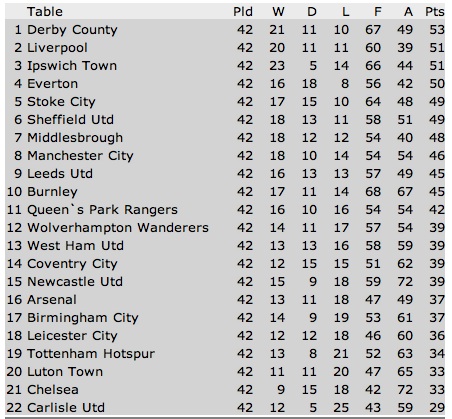
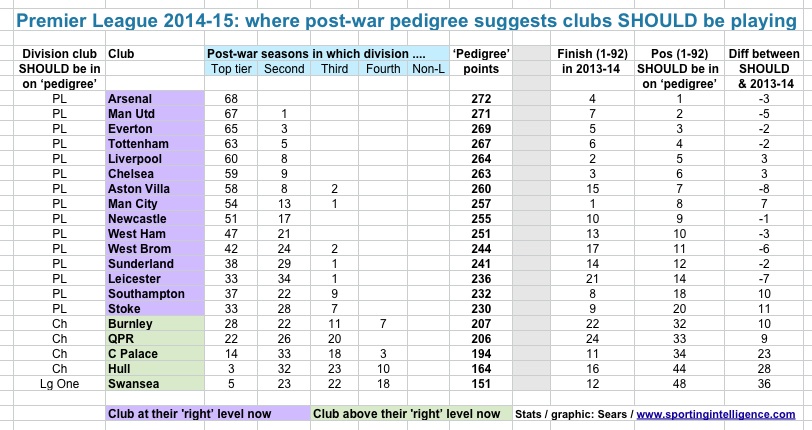
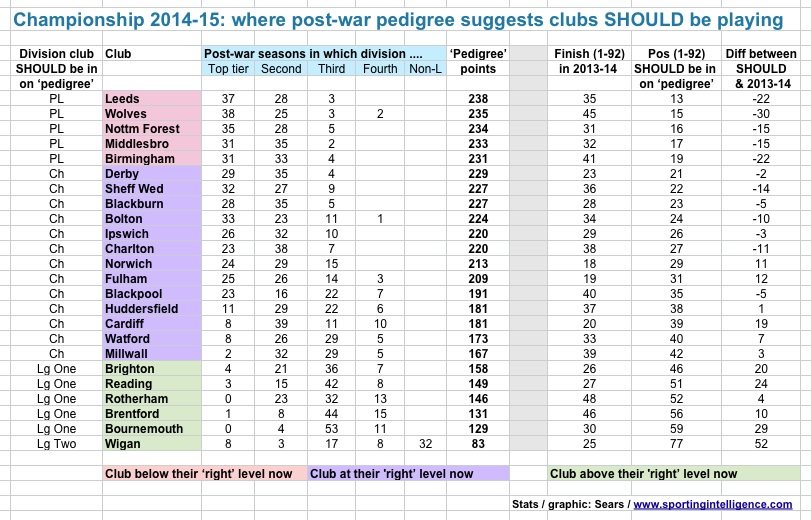
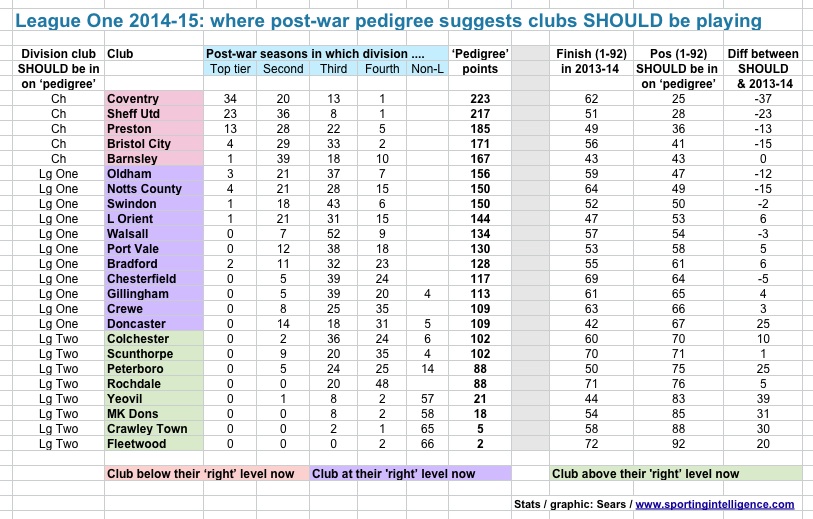
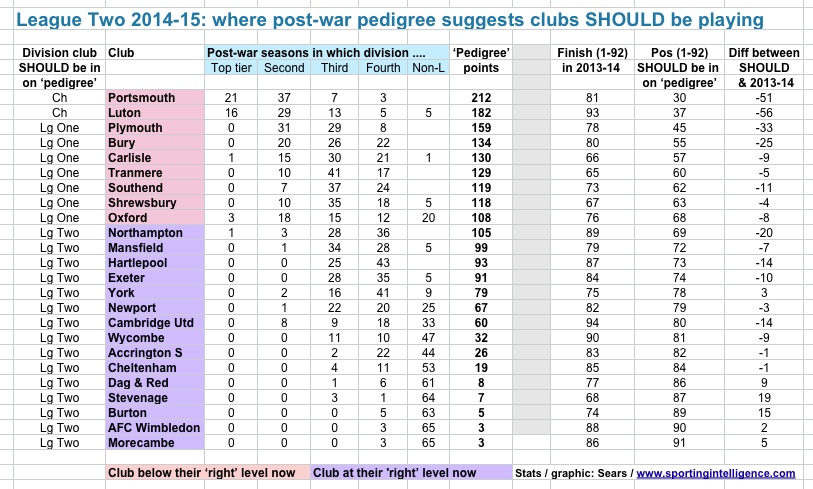
Signalman badly injured at East Farleigh
in UK Prototype Discussions (not questions!)
Posted
Strood to Paddock Wood is one of my favourite lines. I've done a couple of photo surveys in the last five or six years. Here are some photos from 2013 of the crossings at three of the stations, all with different gates:
Cuxton
Wateringbury
(I think that Wateringbury may have a gate wheel)
East Farleigh
The different crossings are part of its character. As you will notice, the gates at East Farleigh are quite large.
David